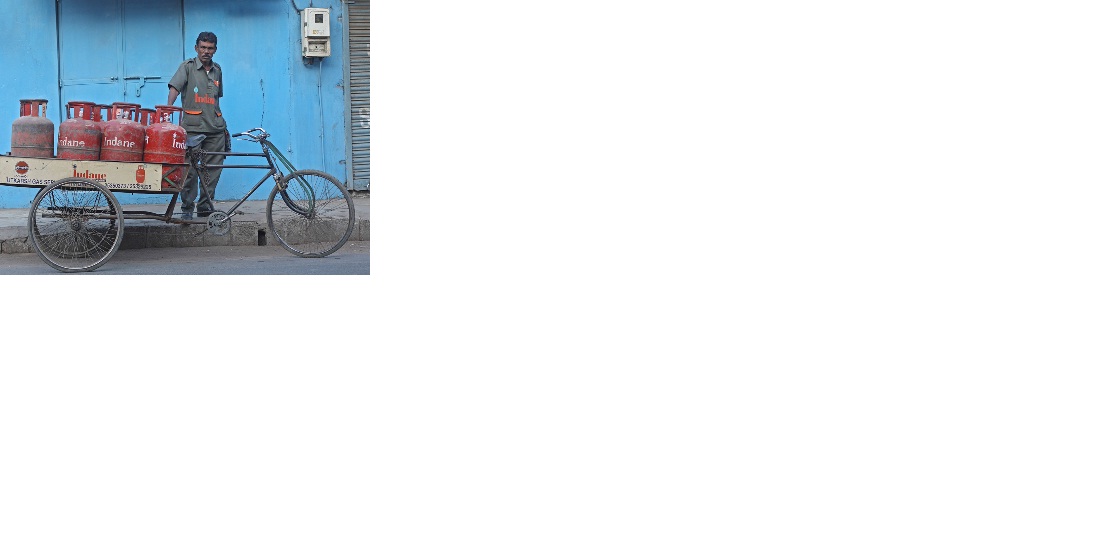Improving effectiveness of domestic LPG subsidy and distribution in India: rationalising subsidies, reaching the underserved
 India has witnessed a considerable increase in domestic consumption of Liquefied Petroleum Gas (LPG) over the years and the phenomenal rise in the number of LPG connections in the country is testimony to it. However, only 28.5% of households reported LPG as their primary fuel for cooking, during Census 2010-11. This study, based on analysis of National Sample Survey (NSS) data, indicates that the excessive dependence on traditional fuel continues and much needs to be done to provide clean cooking energy to the people of the country at an adequate level of affordability. LPG consumption and the subsidies linked to it are heavily skewed in the favour of higher income groups and the urban areas of country. The prevailing LPG subsidy mechanism has only partially achieved its objectives, while inflating the fiscal burden to significant proportions. The primary objective of this study is to analyse the efficacy of LPG subsidy in making clean cooking fuel affordable for households across the economic strata; and to suggest appropriate reforms to rationalise the subsidy mechanism to meet the energy needs of underserved population.
India has witnessed a considerable increase in domestic consumption of Liquefied Petroleum Gas (LPG) over the years and the phenomenal rise in the number of LPG connections in the country is testimony to it. However, only 28.5% of households reported LPG as their primary fuel for cooking, during Census 2010-11. This study, based on analysis of National Sample Survey (NSS) data, indicates that the excessive dependence on traditional fuel continues and much needs to be done to provide clean cooking energy to the people of the country at an adequate level of affordability. LPG consumption and the subsidies linked to it are heavily skewed in the favour of higher income groups and the urban areas of country. The prevailing LPG subsidy mechanism has only partially achieved its objectives, while inflating the fiscal burden to significant proportions. The primary objective of this study is to analyse the efficacy of LPG subsidy in making clean cooking fuel affordable for households across the economic strata; and to suggest appropriate reforms to rationalise the subsidy mechanism to meet the energy needs of underserved population.
